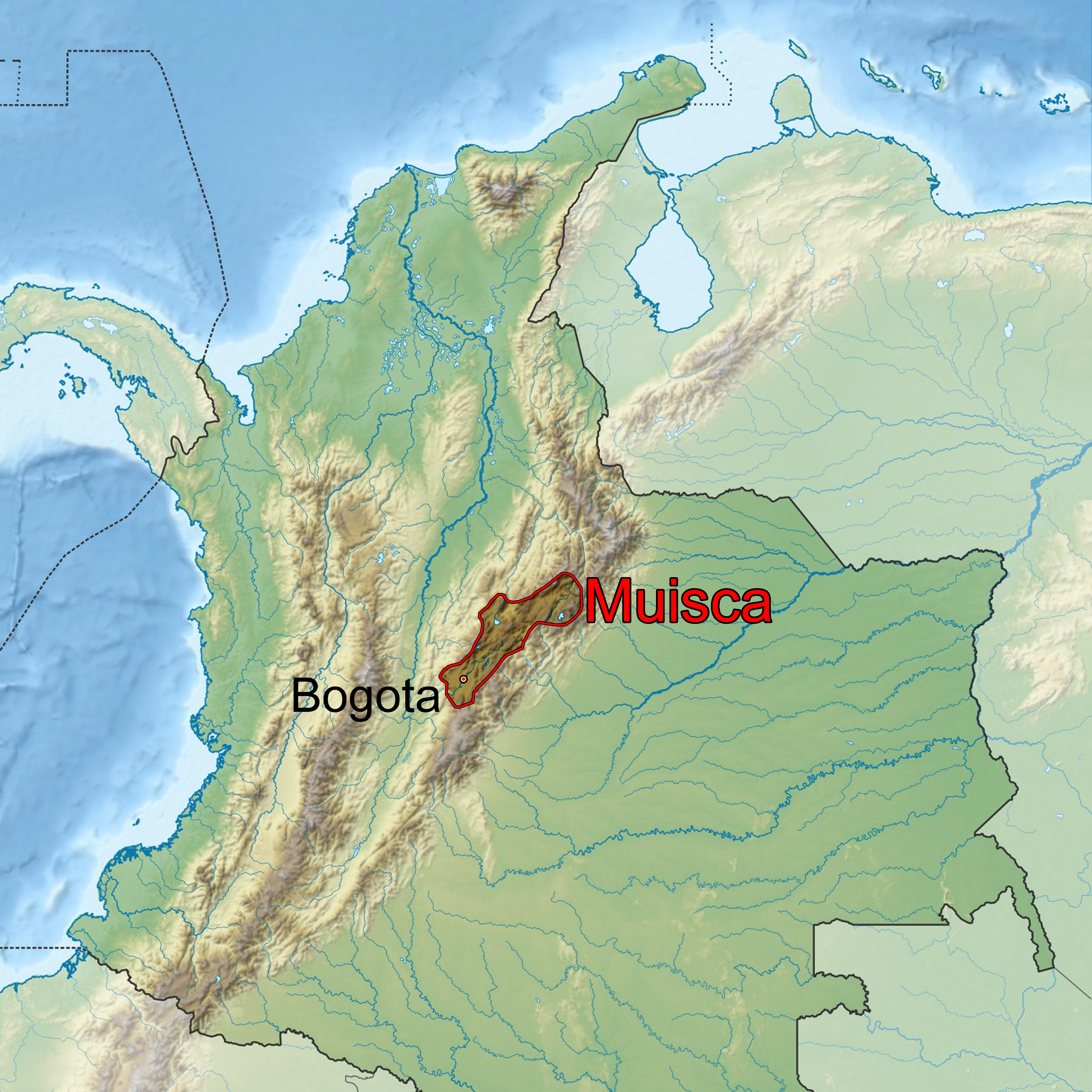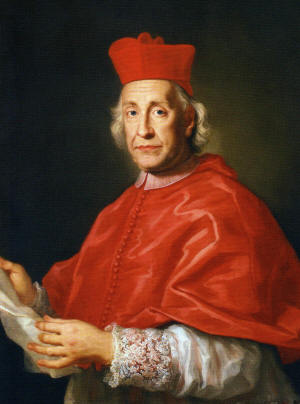|
Engativá
Engativá is the 10th locality of Bogotá. It is located in the west of the city. This district is mostly inhabited by lower middle and working class residents. Etymology Engativá is either derived from ''Ingativá''; ''cacique'' Inga; "Land of the Sun", or from the Chibcha language, Chibcha words ''Engue-tivá''; ''engue'' is "delicious" and ''tivá'' is "captain"; "captain of the delicious [people]". Geography Engativá is limited to the north by the Salitre River, Bogotá, Salitre River with Suba, Bogotá, Suba, to the east by Avenida Carrera 68 and Bosa, Bogotá, Bosa, to the south by Avenida El Dorado and Fontibón, and to the west by the Bogotá River. History Engativá was a village in the Muisca Confederation, confederation of the Muisca. Modern Engativá was founded in 1537. It has become a rural territory, people used to work as farmers of Bogotá in 1571. The church of the town was built in honor of the pope Clemente XII in 1638 and from 1737 it was named the N ... [...More Info...] [...Related Items...] OR: [Wikipedia] [Google] [Baidu] |
Salitre River, Bogotá
The Juan Amarillo, Arzobispo, or Salitre River is a river on the Bogotá savanna and a left tributary of the Bogotá River in Colombia. The river originates from various ''quebradas'' in the Eastern Hills, Bogotá, Eastern Hills and flows into the Bogotá River at the largest of the wetlands of Bogotá, Tibabuyes, also called Juan Amarillo Wetland. The total surface area of the Juan Amarillo basin, covering the localities Usaquén, Chapinero, Santa Fe, Bogotá, Santa Fe, Suba, Bogotá, Suba, Barrios Unidos, Teusaquillo, and Engativá, is . Together with the Fucha River, Fucha and Tunjuelo Rivers, the Juan Amarillo River forms part of the left tributaries of the Bogotá River in the Colombian capital. Description The Juan Amarillo, Arzobispo, or Salitre River, is formed by various ''quebradas'' ("creeks") sourced at an altitude of in the Eastern Hills, Bogotá, Eastern Hills of Bogotá. Main feeder creeks are Las Delicias, La Vieja, El Chicó, Los Molinos, Santa Bárbara, Delic ... [...More Info...] [...Related Items...] OR: [Wikipedia] [Google] [Baidu] |
Muisca Confederation
The Muisca Confederation was a loose confederation of different Muisca rulers (''zaques'', ''zipas'', ''iraca'', and ''tundama'') in the central Andes, Andean highlands of what is today Colombia before the Spanish conquest of the Americas, Spanish conquest of northern South America. The area, presently called Altiplano Cundiboyacense, comprised the current departments of Colombia, departments of Boyacá Department, Boyacá, Cundinamarca Department, Cundinamarca and minor parts of Santander Department, Santander. According to some List of Muisca scholars, Muisca scholars the Muisca Confederation was one of the best-organized confederations of tribes on the South American continent. Other Historian, historians and anthropologists, however, such as Jorge Gamboa Mendoza, attribute the present-day knowledge about the confederation and its organization more to a reflection by Spanish chroniclers who predominantly wrote about it a century or more after the Muisca were conquered and propo ... [...More Info...] [...Related Items...] OR: [Wikipedia] [Google] [Baidu] |
Bogotá
Bogotá (, also , , ), officially Bogotá, Distrito Capital, abbreviated Bogotá, D.C., and formerly known as Santa Fe de Bogotá (; ) during the Spanish Imperial period and between 1991 and 2000, is the capital city, capital and largest city of Colombia, and one of the List of largest cities, largest cities in the world. The city is administered as the Capital District, as well as the capital of, though not politically part of, the surrounding department of Cundinamarca Department, Cundinamarca. Bogotá is a territorial entity of the first order, with the same administrative status as the departments of Colombia. It is the main political, economic, administrative, industrial, cultural, aeronautical, technological, scientific, medical and educational center of the country and northern South America. Bogotá was founded as the capital of the New Kingdom of Granada on 6 August 1538 by Spanish conquistador Gonzalo Jiménez de Quesada after a harsh Spanish conquest of the Muisca, e ... [...More Info...] [...Related Items...] OR: [Wikipedia] [Google] [Baidu] |
Bogotá River
The Bogotá River is a major river of the Cundinamarca Department, Cundinamarca department of Colombia. A right tributary of the Magdalena River, the Bogotá River crosses the region from the northeast to the southwest and passing along the western limits of Bogotá. The large population and major industrial base in its watershed have resulted in extremely severe pollution problems for the river. Etymology The Bogotá River is named after Muyquytá, which is derived from Chibcha language, Chibcha and means "(Enclosure) outside of the farm fields". – Banco de la República In historical texts, and also nowadays in its upstream, the Bogotá River is also called Funza River.A oril ... [...More Info...] [...Related Items...] OR: [Wikipedia] [Google] [Baidu] |
Muisca
The Muisca (also called the Chibcha) are indigenous peoples in Colombia and were a Pre-Columbian culture of the Altiplano Cundiboyacense that formed the Muisca Confederation before the Spanish colonization of the Americas. The Muisca speak Muysccubun, a language of the Chibchan language family, also called ''Muysca'' and ''Mosca''. The first known contact with Europeans in the region was in 1537 during the Spanish conquest of New Granada. In New Spain, Spanish clerics and civil officials had a major impact on the Muisca, attempting to Christianize and incorporate them into the Spanish Empire as subjects. Postconquest Muisca culture underwent significant changes due to the establishment of the New Kingdom of Granada. Sources for the Muisca are far less abundant than for the Aztec Empire of Mesoamerica or the Inca Empire and their incorporation to the Spanish Empire during the colonial era. In the New Kingdom of Granada and into the colonial era, the Muisca became "th ... [...More Info...] [...Related Items...] OR: [Wikipedia] [Google] [Baidu] |
Suba, Bogotá
Suba is the 11th locality of Bogotá, capital of Colombia. It is located in the northwest of the city, bordering to the north the municipality of Chía, Cundinamarca, Chía in Cundinamarca Department, Cundinamarca, to the west the municipality of Cota, Cundinamarca, Cota, to the east the locality Usaquén and to the south the localities Engativá and Barrios Unidos. This district is inhabited by residents of all social classes. Etymology Suba is either derived from the Chibcha language, Muysccubun contraction ''Suba'', meaning "Opuntia, Flower of the Sun" (uba = "fruit" or "flower", sua = "Sun", minus its last vowel, making it a possessive) or from the words ''sua'' (Sué, Sun) and ''sie'' (water). Geography Suba has certain green areas, mostly concentrated in the west of the locality, on the Suba and the La Conejera Hills, as well as the plains where urbanisation has developed. Suba has become a residential area with small industrial and commercial zones located in the south ... [...More Info...] [...Related Items...] OR: [Wikipedia] [Google] [Baidu] |
Localities Of Bogotá
Locality may refer to: * Locality, a historical named location or place in Canada * Locality (association), an association of community regeneration organizations in England * Locality (linguistics) * Locality (settlement) * Suburbs and localities (Australia), in which a locality is a geographic subdivision in rural areas of Australia Science * Locality (astronomy) * Locality of reference, in computer science * Locality (statistics) * Principle of locality, in physics See also * Local (other) Local may refer to: Geography and transportation * Local (train), a train serving local traffic demand * Local, Missouri, a community in the United States Arts, entertainment, and media * ''Local'' (comics), a limited series comic book by Bria ... * Type locality (other) {{disambiguation ... [...More Info...] [...Related Items...] OR: [Wikipedia] [Google] [Baidu] |
Earthquake
An earthquakealso called a quake, tremor, or tembloris the shaking of the Earth's surface resulting from a sudden release of energy in the lithosphere that creates seismic waves. Earthquakes can range in intensity, from those so weak they cannot be felt, to those violent enough to propel objects and people into the air, damage critical infrastructure, and wreak destruction across entire cities. The seismic activity of an area is the frequency, type, and size of earthquakes experienced over a particular time. The seismicity at a particular location in the Earth is the average rate of seismic energy release per unit volume. In its most general sense, the word ''earthquake'' is used to describe any seismic event that generates seismic waves. Earthquakes can occur naturally or be induced by human activities, such as mining, fracking, and nuclear weapons testing. The initial point of rupture is called the hypocenter or focus, while the ground level directly above it is the ... [...More Info...] [...Related Items...] OR: [Wikipedia] [Google] [Baidu] |
Clemente XII
Pope Clement XII (; ; 7 April 16526 February 1740), born Lorenzo Corsini, was head of the Catholic Church and ruler of the Papal States from 12 July 1730 to his death in February 1740. Clement presided over the growth of a surplus in the papal finances. He thus became known for building the new façade of the Basilica of Saint John Lateran, beginning construction of the Trevi Fountain, and the purchase of Cardinal Alessandro Albani's collection of antiquities for the papal gallery. In his 1738 bull , he provides the first public papal condemnation of Freemasonry. Early life Lorenzo Corsini was born in Florence in 1652 as the son of Bartolomeo Corsini, Marquis of Casigliano, and Elisabetta Strozzi, the sister of the Duke of Bagnuolo. Both of his parents belonged to the old Florentine nobility. He was a nephew of Cardinal Neri Corsini and was a distant relative of Saint Andrew Corsini. Corsini studied at the Jesuit Roman College in Rome and also at the University of P ... [...More Info...] [...Related Items...] OR: [Wikipedia] [Google] [Baidu] |
Avenida El Dorado
Avenue or Avenues may refer to: Roads * Avenue (landscape), traditionally a straight path or road with a line of trees, in the shifted sense a tree line itself, or some of boulevards (also without trees) * Avenue Road, Bangalore * Avenue Road, London * Avenue Road, Toronto Music and entertainment * Avenue (band), X Factor UK contestants * Avenues (band), American pop punk band * "The Avenue", B-side of the 1984 Orchestral Manoeuvres in the Dark single " Locomotion" * "Avenue" (song), a 1992 single by British pop group Saint Etienne * Avenues Television, television channel in Nepal * ''Avenue'' (magazine), a former Dutch magazine Other uses * Avenue (archaeology), a specialist term in archaeology referring to lines of stones * Avenue (store), a clothing store * The Avenue, a Rugby Union stadium in Sunbury-on-Thames, England * L'Avenue, a skyscraper in Montreal, Quebec, Canada * Avenue, a GIS scripting language for ArcView 3.x * Avenues: The World School, school in New York ... [...More Info...] [...Related Items...] OR: [Wikipedia] [Google] [Baidu] |
Fontibón
Fontibon is the 9th locality of Bogotá. It is located in the west of the city. This district is mostly inhabited by low and middle class residents. El Dorado International Airport is located in this district. Etymology The origin of the city's name can be traced to the Muisca ''cacique Huintiva'' or ''Hyntiba'' (meaning "powerful cacique" in Muysccubun) and the mutation of the word to its present spelling, this among other names such as Ontibon and Hontibón.Etymology localities of Bogotá History Fontibón was part of the southern in the times before the[...More Info...] [...Related Items...] OR: [Wikipedia] [Google] [Baidu] |





